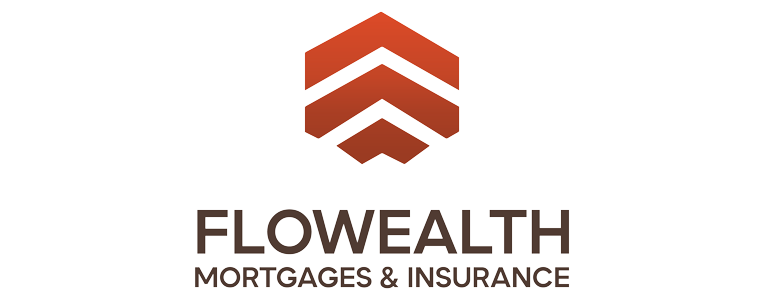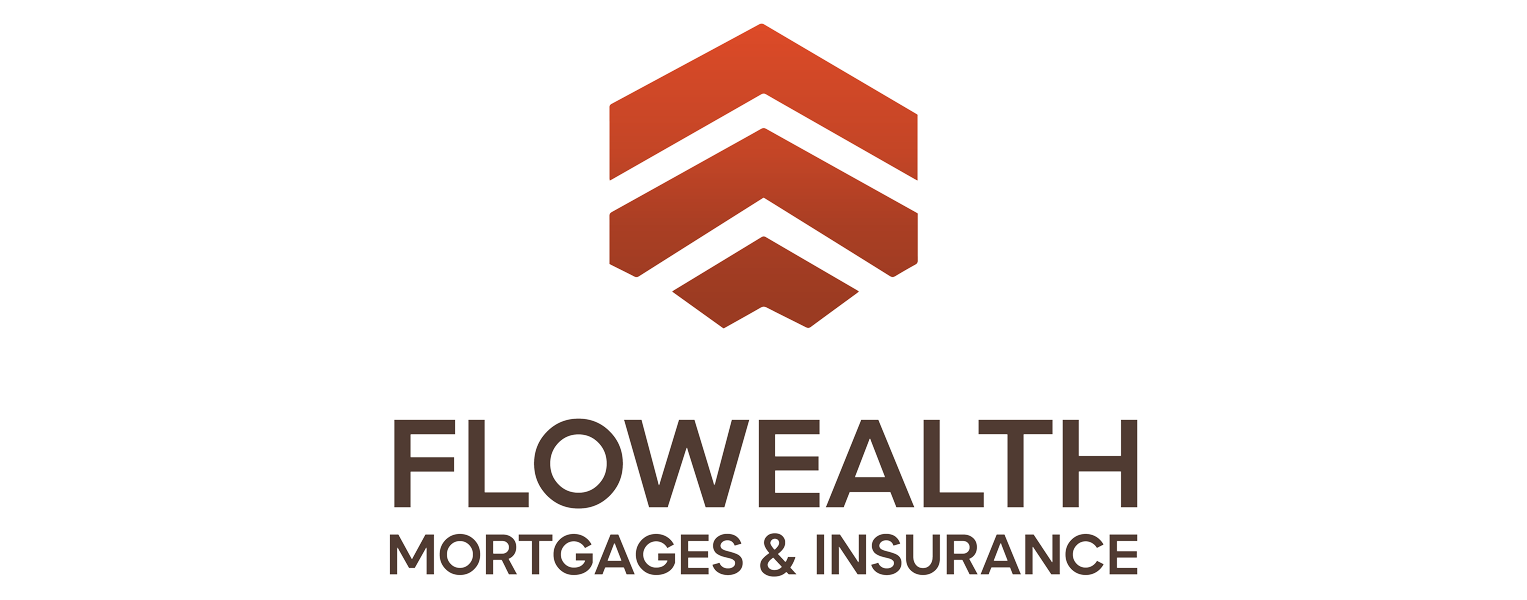While I write this blog, we have just helped a client raise a total funding of $900K + to purchase a business via a local bank. The funding includes refinancing existing home loans, business term loans, business overdraft, bank guarantee, total package plus a dedicated bank manager. As my last role as a commercial manager in the bank I know how important for business owners to get the proper funding and structure for their business, yet the business funding application could be very challenging if not prepared or guided right from the start.
Last month we talked about how to apply for business related funding, this month let’s talk about different types of common business loans and what possible ways to structure your business loans to save interest costs while maximising your business cashflow.
Business term loan
It works best if you know the required funding amount and how long you will need those funds for, depending on what your business medium to long term finance needs are, also the ability to repay the loan within the agreed loan term. It has set regular repayments over the loan term with a choice of floating or fixed interest rates or mix of both. There may be an interest only option available subject to the lender’s credit criteria.
There are two types of business term loans –
- Secured – Business lending secured against your home or other residential or other form of asset security.
- Unsecured
The difference between a secured and an unsecured business loan is that there are no assets such as cash or property offered as a form of security for the loan. If the borrower of an unsecured loan is a company, the lender may take a personal guarantee from its director(s). It can be useful in a situation that the applicant might not want to tie your personal assets or if your assets are already mortgaged to other obligations. Since there is higher risk to the lender, you could pay a higher interest rate than a secured business loan.
Business overdraft / Revolving credit facility
A great tool to manage a businesses everyday cashflow if used appropriately. You can draw on the funds within the agreed limit and make deposits when funds are available. There is no fixed term, you will be only paying interest on the debit balance only and be flexible to make lump sum repayments anytime. Because of this flexibility, the interest rate is a variable rate and there might be additional margin added on the interest rates as well as other fees charged.
Alternatives to Business loans
There are other business specialised funding options, each lender has their own specialist team, lending criteria to assist with those funding, such as –
Business credit cards – provide an access to short-term working capital by using interest -free days with a business credit card.
Bank Guarantees – commonly used for lease premises guarantee required by landlord(s), supplies etc.
Asset Finance – when purchasing, replacing or refinancing business assets while using those assets as security. It can be a great tool to free up business capital & help the business cashflow.
Invoice Finance – leverage your unpaid invoices to fund your business cash flow needs.
Trade Finance loan – designed specifically for importers and exporters managing foreign exchange and trading risks associated with international trade.
Key summary –
- It is very important to understand your business cashflow cycles and requirements of short, medium and long term
- Business term loans can help with medium or long-term funding needs while overdrafts provide short-term cash solutions when you know there is a clearance source coming in
- Secured loans typically have lower interest rates than unsecured loans
- Business loans are higher risk compared with residential home loans. Lenders will need to assess the risk profile based on the full loan application before quoting an interest rate. Typically interest rates will be made up with base rate/cost of funds plus a “margin” while the risk profile will determine the margin. The higher risk, the higher the margin.
- Preparing your supporting documents such as a business plan, full financial information up front by consulting with your accountants/business mentors. The lender could also demand an annual review upon receiving your full financial reports on an ongoing basis.
Related Post – May 2023 Different types of home loans and how they work
As always, we are aware of every person and business situation/ financial goals are different, best to review your specific loan situation by contacting a qualified financial advisor.
Feel free to contact us to review your personal and business loan situation.
Disclaimer: We recommend that you seek personalised professional advice from your trusted adviser before taking any action as each applicant’s situation can be vary, the above content is only general commentary.



Comments are closed.